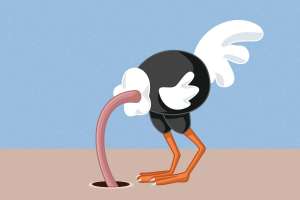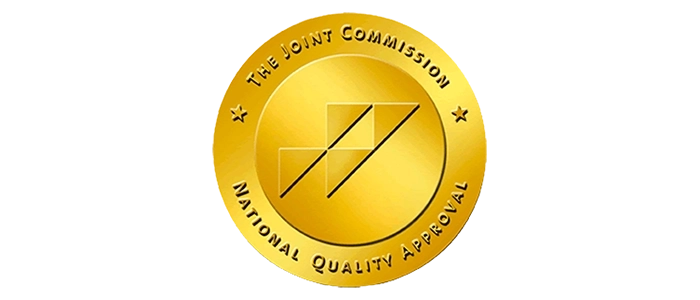At Cascade Academy we often refer to ourselves as an avoidance treatment program. Our students have struggled by avoiding things like school, friendships, family relationships, expression of their emotions, setting boundaries with others, or just facing the day. Students found themselves in a place where they could not participate in the daily pace of life to achieve their goals. Fear and stress felt insurmountable, and avoidance was the only way to find temporary relief.
Avoidance comes in many forms. Besides saying “no” to event participation, avoidance can be masked in clever disguise. Avoidance manifests in the body through migraines, stomach aches, and other pain. Avoidance can manifest as emotional dysregulation and emotional flooding, which delays the feared event. Avoidance can present itself through calm intellectualization and rationalization, an argument that initially sounds logical but still delays facing the fear. Taking a work call instead of being with family, going to bed early rather than completing a chore, not going to the doctor for a preventative routine appointment, calling in sick when you are feeling fine, pushing decline on an incoming call, even pressing snooze are all examples of ways people avoid or delay.
The mental health profession has increased knowledge about the disease of addiction. We know that substances that can lead to addiction impact the brains reward pathways, especially as the use of the substance increases. The need for the substance becomes so primitive; the brain believes those substances are needed to stay alive. This happens by affecting a key neurotransmitter called dopamine. Dopamine has largely been thought of as the brain chemical responsible for approach behaviors. Something feels good, dopamine is activated and says, “Yes! Do that again, and more of it”. When in healthy balance, dopamine helps us seek pleasure from things that are necessary for survival (like food and water) as well as seek pleasure for pleasure’s sake. It’s a critical neurotransmitter for enjoying our human existence. When out of balance dopamine can lead us away from healthy goals.
Since dopamine signals the brain to approach something that feels good, it makes sense to think that people who are avoiding things need more dopamine. And while that is true, we now know that dopamine has a role in avoidance as well. People who are struggling with anxiety and depression need support to increase functioning of the dopaminergic system; and we know that dopamine is also activated when someone has “escaped” an event they believed would be unpleasant. We can see that the brain responds to a type of avoidance with dopamine! This helps us understand avoidance as a type of addiction that signals dopamine to say, “Yes! Do that again, and more of it”. Avoiding something we believe will be unpleasant releases dopamine. A huge problem with that is that anxiety predicts that everything will be unpleasant. Anxiety says, “you’ll be a failure at school, no one wants to be your friend anyway, your parents don’t love you, your future is not bright, you can’t do anything successfully and bad things will happen.” So, avoiding that, releases an addictive dopamine under a veil of false security and keeps one from their true goals.
At Cascade Academy our goal is to break the cycle of addictive avoidance. To be in recovery, “Avoidance Recovery”. As students receive help, they learn skills to approach, skills to challenge anxious thoughts, and have help in facing the fears. Over time self-efficacy is established and they have a dopamine response to successfully approaching something that once felt difficult, even insurmountable. Over time students “get comfortable being uncomfortable” and as they learn to do hard things their brain says, “Yes! Do that again, and more of it!”




